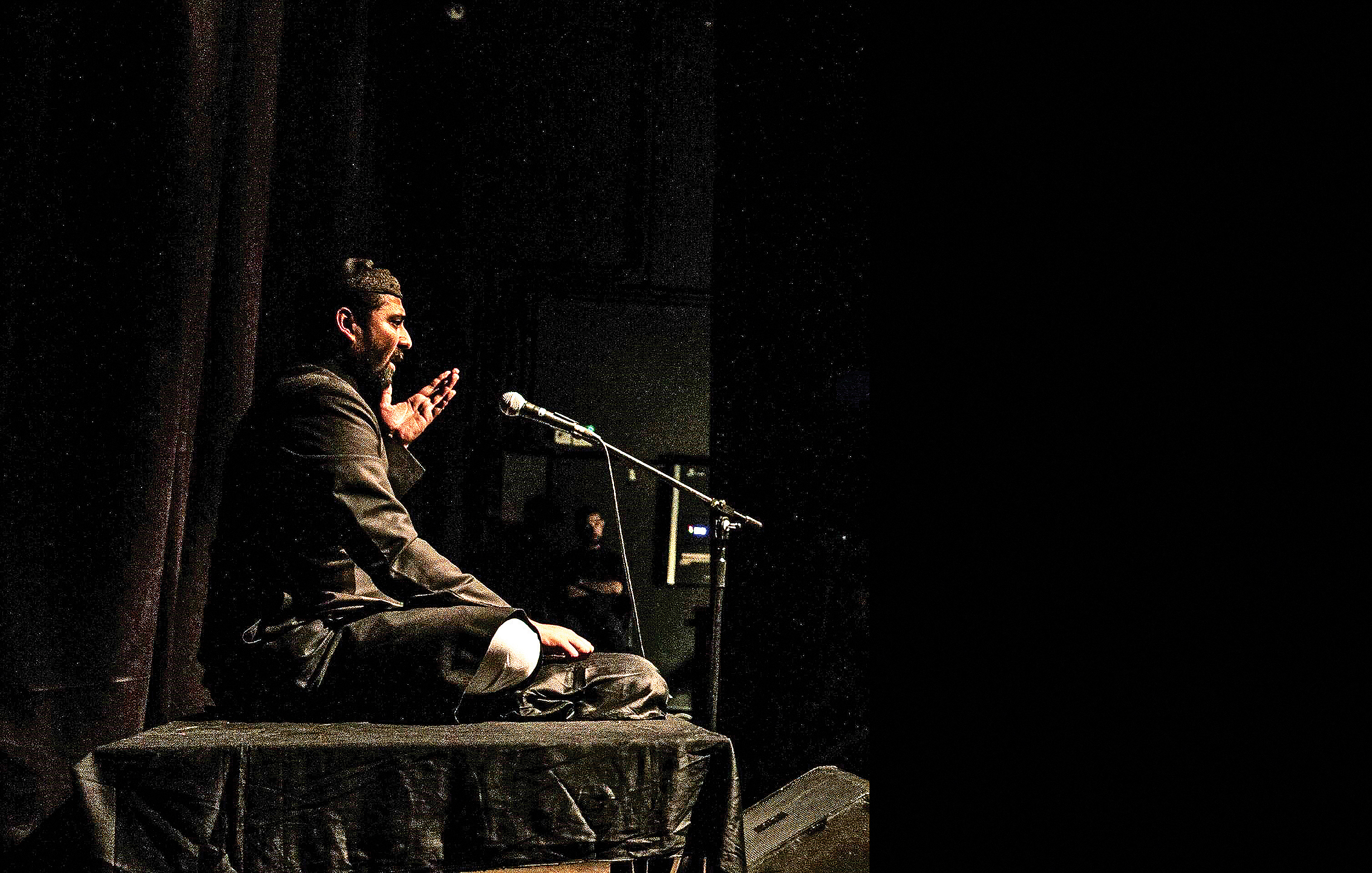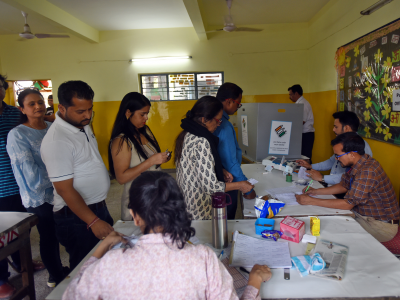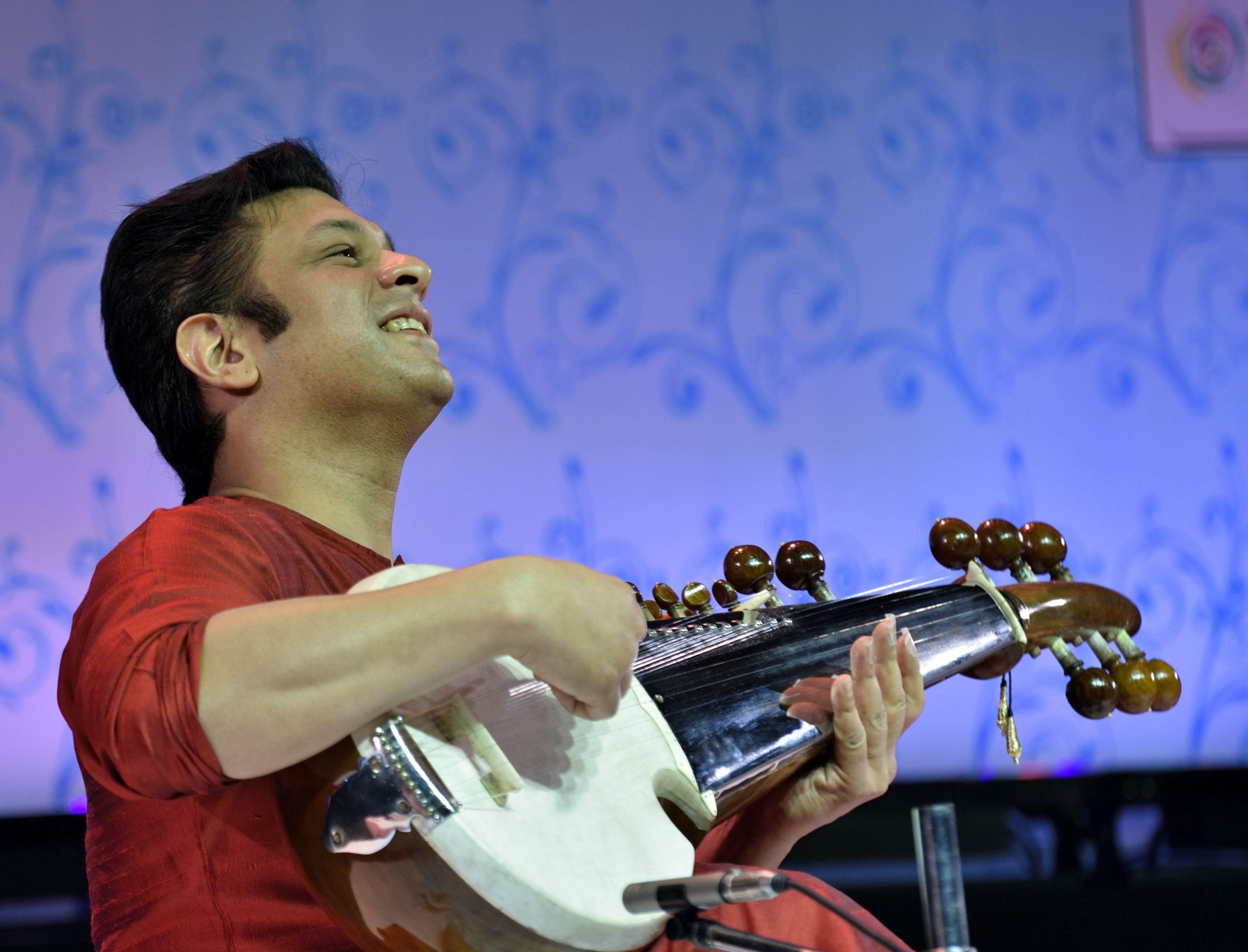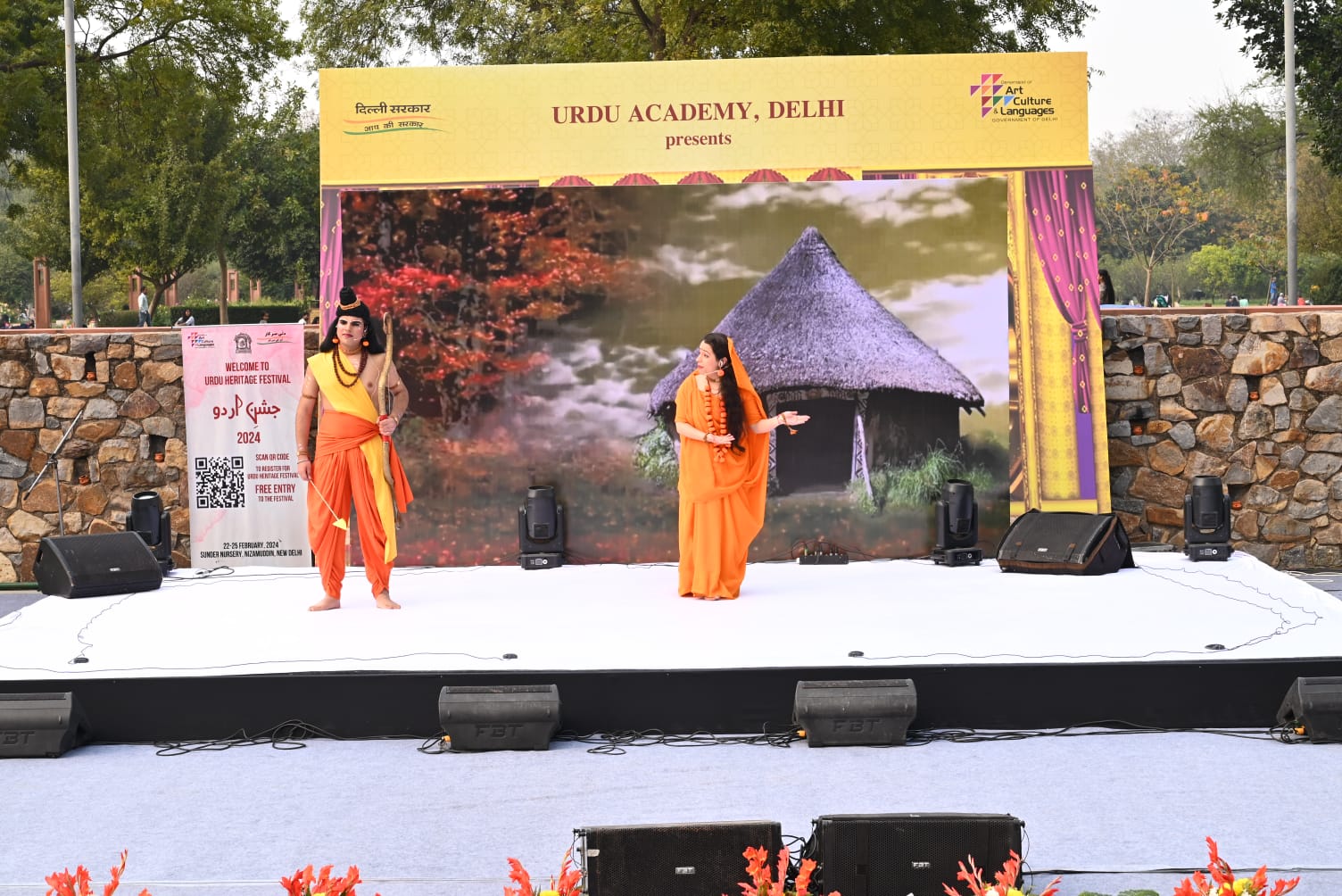A festival of Lucknow’s rich syncretic culture is coming to the India International Centre
Beyond Lucknow’s famed ‘Ganga-Jamuni’ Tehzeeb – the culture of duality of the Hindu and Muslim traditions — various ethnic groups and communities from different regions add layers to the kaleidoscopic cultural landscape of the city.
Revealing a certain history and celebrating the diversity of people, places and the material culture of Lucknow, an exhibition of photographs, artifacts, archival textiles, books and letters – ‘Awadh se Chand Warq’ (Lucknow Diaries) is part of the annual ‘IIC Experience: A Festival of the arts’.
Back with its 16th edition, the festival puts the spotlight on Lucknow’s rich syncretic culture over the last 100 years. With dance, music, exhibition, films and cuisine, this edition of the festival offers a wide ranging view of the city of nawabs.
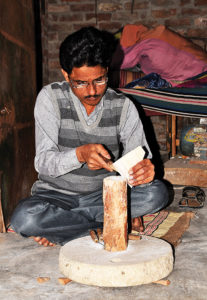
Photographs and films in the exhibition bring some of these stories to light and are the outcome of countless interviews with people across the city, about their homes and their own histories.
A special segment in this exhibition is devoted to the beacons of feminist writing from Lucknow.
Artisanal finesse reached its peak under the patronage of Awadh’s nawabs. Another exhibition ‘Husn e Karigari e Awadh’ pays tribute to the artists, artisans and myriad workers who continue to keep alive these skills and offer them to the discerning eye. The show explores the lesser known crafts of Awadh.
Adding to this, ‘Filmi Duniya Mein Awadh’ features Indian films based on or set in the city of Lucknow. Revisiting some old favourites, like Shatranj ke Khilari, Chaudhvin ka Chand, Pakeezah, Junoon, Shakespeare Wallah, and Umrao Jaan it promises to take viewers on a nostalgic journey.
What stands out perhaps is the performance of Soz Khwani — a poetic and musical expression of the tragedy at Karbala 1,400 years ago. An important tradition in classical Awadhi, Urdu and some Persian poetic forms, Soz Khwani is also very much part of the folk music traditions of Awadh.
Presented by Askari Naqvi, the compositions for Soz Khwani are based on Hindustani ragas. An intrinsic part of Shia family traditions in Awadh, today there are very few families that continue to practice this tradition. Naqvi and his family have been practising and preserving this art form in a manner similar to other oral traditions.
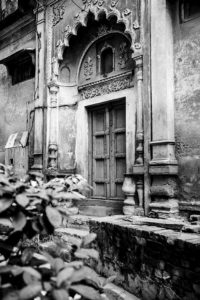
Moving beyond the special focus on Lucknow, the festival also features another exhibition titled ‘Contextualising Progressive, Indian Art from the 20th Century’. This re-focuses on the work of some of the leaders of the Bombay Progressive Group and examine their legacies in the creation of a new idiom for modern Indian art today. The festival will also screen 11 award-winning international feature films from around the world.
And what’s a festival without food? In addition to Awadhi Bawarchikhana, an Awadhi dinner prepared by Lucknow’s Naimat Khana it will also offer flavours from Bengal, Karnataka, Brazil and Italy.
The festival will commence on October 11 – 15 at India International Centre

